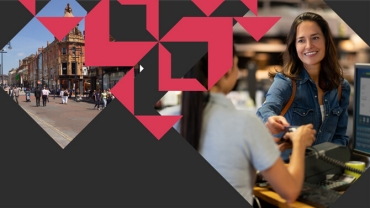
Create better connections with consumers
We understand the pressure you face to balance day-to-day challenges alongside a long-term, enduring strategy. Bringing together our diverse perspectives and technical expertise in new and creative ways, we’ll help you predict, prepare and adapt to change, so you can build trust and create experiences that protect value and deliver sustained growth.
Together, we can create better connections with consumers.
Store Openings and Closures 2024
Headline results show a decline in chain outlet closures – with 2024 having the second fewest closures in a decade. While this is encouraging news, the number of chain outlet openings has also declined. Despite being higher than during the pandemic, the number of openings remains almost a third lower than in the mid-2010s.
Long term closures are still – and are likely to continue – being driven by the move towards shopping and services like banking being done online, although this has been partially offset by more positive news for hospitality and leisure and on retail parks.

Understand change to unlock growth
The Consumer Reconsidered uncovers new and unique insights into the reality of shopping behaviours: consumer journeys are unpredictable and chaotic, people are polarising on where and how they shop, and rethinking what they trust and value.
We’ll help you understand how behaviours are evolving, what that means for you, and reveal the actions you can take to deliver enjoyment, build trust and create better connections.

Recognise how consumers shop to create better connections
As online channels have grown more sophisticated, they have transformed traditional buying behaviours, adding new tools and layers of complexity

Use enjoyment and experience to attract and retain consumers
For many consumers, enjoyment of the shopping experience can significantly influence where they shop, who they trust, and how much they spend.
Contact us

Global FDD Leader and Retail, Consumer and Leisure Specialist, PwC United Kingdom
Tel: +44 (0)7802 882562


Jacqueline Windsor
UK Head of Retail and Strategy& Partner, PwC United Kingdom
Tel: +44 (0)7801 074739









